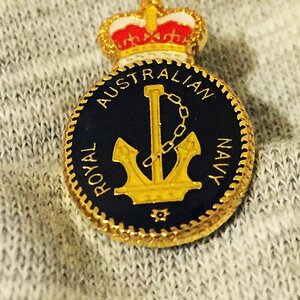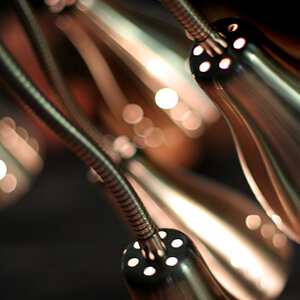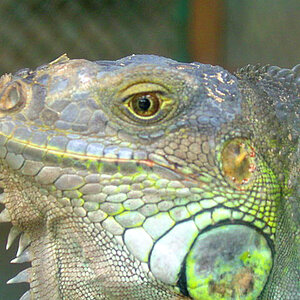Compaq
Been spending a lot of time on here!
- Joined
- Aug 29, 2010
- Messages
- 3,400
- Reaction score
- 657
- Location
- Norway
- Can others edit my Photos
- Photos OK to edit
I've been wanting to shoot star trails with my analog setup. However, I'm not sure how to set the exposure.
The long exposure diagram for the Ilford black and white film series go to 35 seconds, but that's not enough for what I'm intending. The graph is exponential in its growth, and exposures such as 20 minutes seem impossible - that would take hours. I'm not sure if the piece of film is even capable of that. It's the silver halide that's the limiting factor here, not time
So, are there any films specifically made for this purpose? Does anyone have experience with this?
The long exposure diagram for the Ilford black and white film series go to 35 seconds, but that's not enough for what I'm intending. The graph is exponential in its growth, and exposures such as 20 minutes seem impossible - that would take hours. I'm not sure if the piece of film is even capable of that. It's the silver halide that's the limiting factor here, not time
So, are there any films specifically made for this purpose? Does anyone have experience with this?


![[No title]](/data/xfmg/thumbnail/42/42059-61b97bbebb00e6276672551f4e3b3e43.jpg?1619739995)
![[No title]](/data/xfmg/thumbnail/31/31704-42c2fcbcc4b6ba8c2c5ae54202cad6ec.jpg?1619734963)
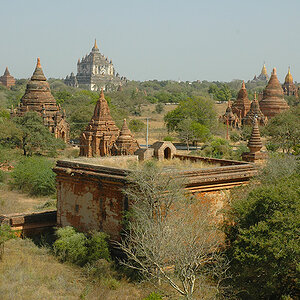

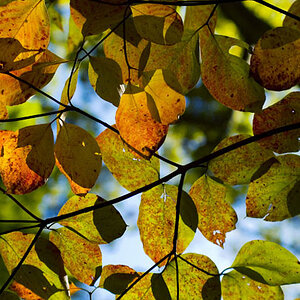
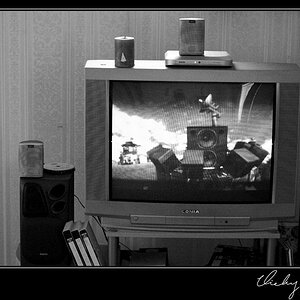
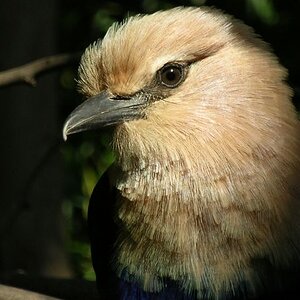
![[No title]](/data/xfmg/thumbnail/37/37114-2bba6b6cc4df1fe53588503fb35af8dd.jpg?1619737883)
